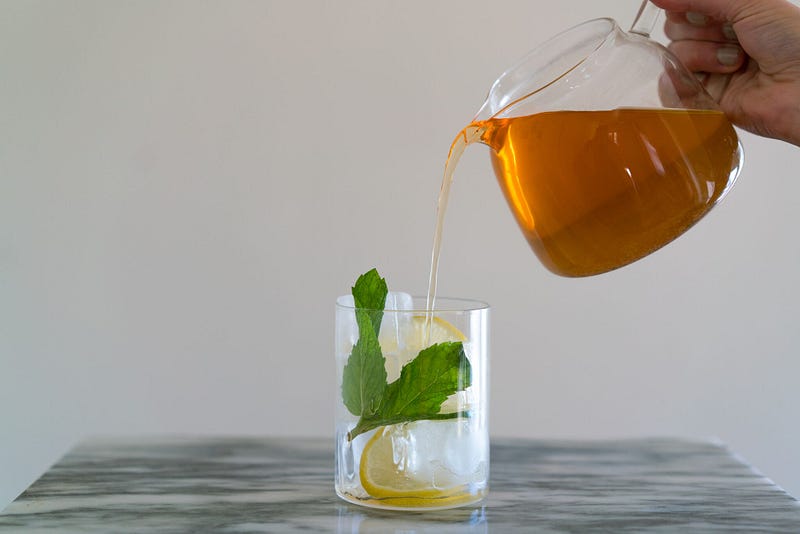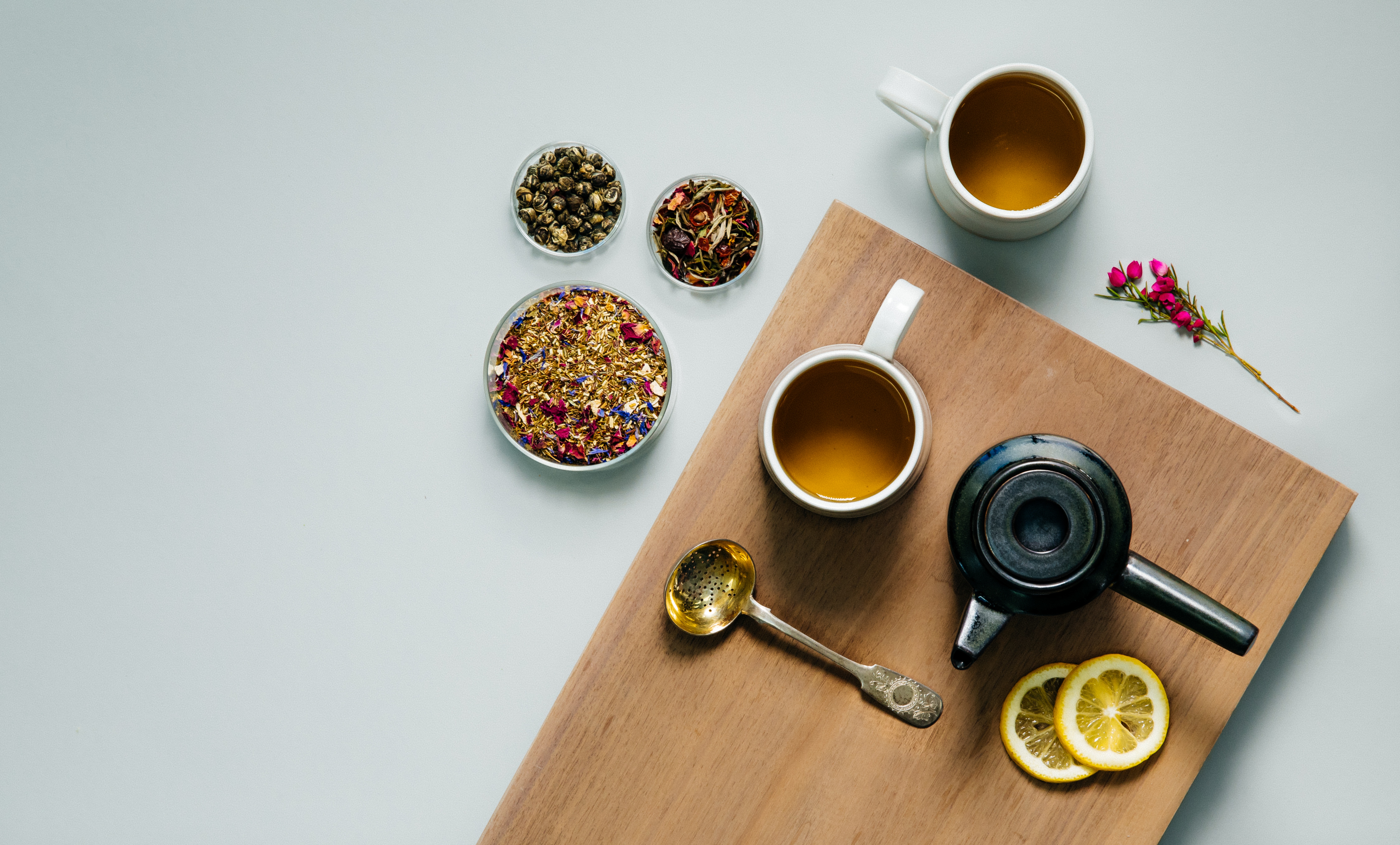Black tea is by far the most popular tea in the world. In the US, it accounts for about 80% of the tea consumed; most of which is served as iced tea. Some of the most popular blended and flavored teas are made using a black tea as its base. These include Earl Grey, English Breakfast, Irish Breakfast, Chai, Masala Chai, Tropical, Passion Fruit, 50/50, Arnold Palmer Iced Tea®, and Orange Pekoe to name just a few. Traditionally, black tea was produced in China, India, and Sri Lanka (Ceylon); however, due to world demand, several countries now produce black teas. Countries like Argentina (60% of the black tea imported to the US), Kenya, Rwanda, Malawi, Indonesia, Vietnam, and many, many more.

Though you can argue most teas are classified by the country they come from; black teas are especially so classified. This is because every country produces radically different styles of black tea and there are so many countries to choose from today. Each countries terroir plays a key role in the cup character and styling of the leaf. Terroir refers to the climate, soil, altitude, and latitude in which the tea is grown. Other factors that influence terroir, to a lesser degree, include: cultivation method, plant material (varietal or cultivar), growing season, type of plucking, and historical practices. To further differentiate the teas within each country producers may use one or more descriptors in the name. This can include:
- Regional Name: Often referring to the state or province within the country the tea was produced (Keemun, Yunnan, Nilgiri, Assam, etc.).
- Estate Name: The name of the tea producer who processed the leaf (Bogawantalawa, Margret’s Hope, Glenburn, Dilmah, etc.)
- Season or Flush: A flush refers to the new growth of two leaves and a bud on the tea plant. The flush is what is plucked off the tea bush to produce the tea. Some countries only have a few flushes a year, while others have flushes every couple months. (First Flush, Second Flush, Autumnal, Monsoon, Spring, Fall, etc.)
- Altitude: This refers to the altitude in which the tea leaves are cultivated. (Low Grown, Mid Grown, High Grown, etc.)
- Tea Grade: The British created a way of grading the tea following the orange pekoe (OP) grading system. Today most countries use this grading system for their black teas. (OP, BOP, BOPF, F, FOP, etc.)
Orange Pekoe has nothing to do with citrus flavors, but is a term used to define the grade of the largest tea leaf. Grading of tea has nothing to do with quality, but that of the size and look of the leaf. The name is derived most likely from:
- The Dutch Royal House of Orange-Nassau: The Dutch East India Company performed a central role in bringing tea to Europe and may have marketed the tea as “orange” to suggest a royal warrant.
- Derived from the transliterated mispronunciation of the Amoy (Xiamen) dialect word for a Chinese tea known as “white down/hair” (peh-ho). This is how “pekoe” is listed by Rev. Robert in his Chinese dictionary, in 1819, as one of the seven sorts of black tea “commonly known by Europeans”. Pekoe refers to the down-like white “hairs” on the leaf and to the youngest leaf buds.
It is important to note that not all black tea is equal. At its simplest level, there are 2 main styles of black tea produced. Some countries produce both, while others produce one or the other. For specialty tea, the only type of production is referred to as Orthodox Processed. These are teas that are hand processed or use machines that mimic hand processing and all care is taken to keep the leaf in its whole leaf size. For commodity tea, the main type of production is referred to as CTC (Crush Tear Curl). This uses machinery to make the tea and literally crushes, tears and rolls the tea into uniform sized pieces.
Black tea production was first developed by the British in India and later in Sri Lanka, and was eventually used by other countries, with slight variations. Black tea is first plucked off the bush, withered — usually in huge withering troughs, rolled by machines that gently bruise the leaf and give the leaf its shape, oxidized for many hours to turn the green leaf into shades of brown, fired to stop the oxidization process, and then graded into like size and shape.
A lot of reports and articles talk about how green tea is healthy because it has antioxidant polyphenols, like EGCG. What most people don’t realize is that black tea is just as healthy as green tea. There are just more studies being done on green tea than black. In fact, all teas have antioxidant polyphenols. In black tea, polyphenols are combined with oxygen (during the oxidation process) and polyphenol oxidase to produce oxidized polyphenols. Instead of EGCG, in black tea we get Theaflavins (TF) and Thearubigins (TR). So if you are a fan of black tea and are only drinking that green tea because you think it is healthier, now you know that your favorite black tea is just as healthy for you.
Art of Tea is an award winning purveyor of specialty and organic teas, based in Los Angeles, CA.
If you found this article helpful, please share it with coworkers, colleagues, and fellow lovers of tea.

